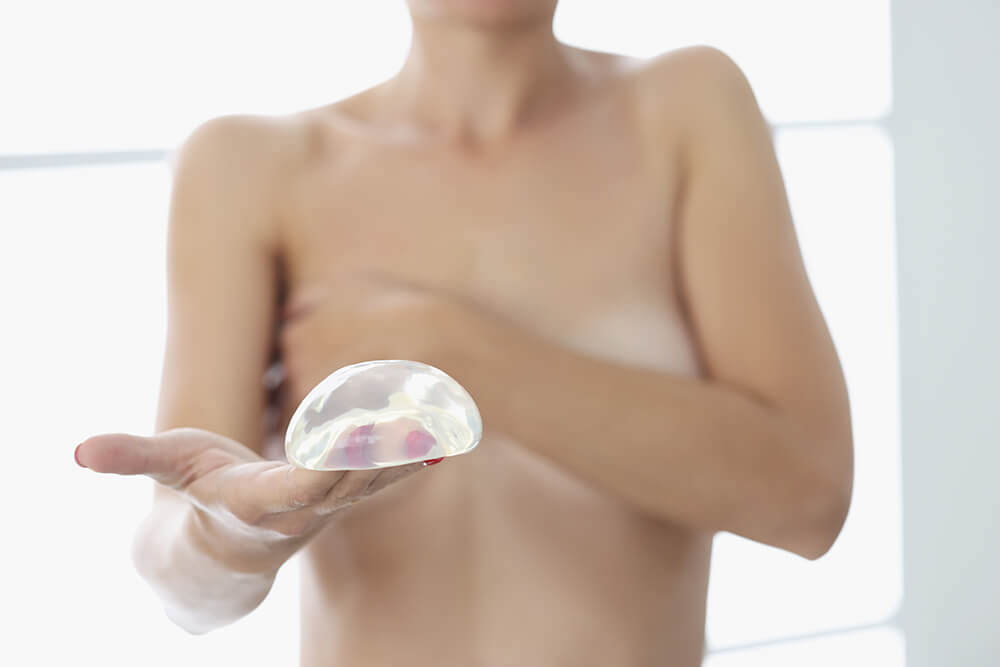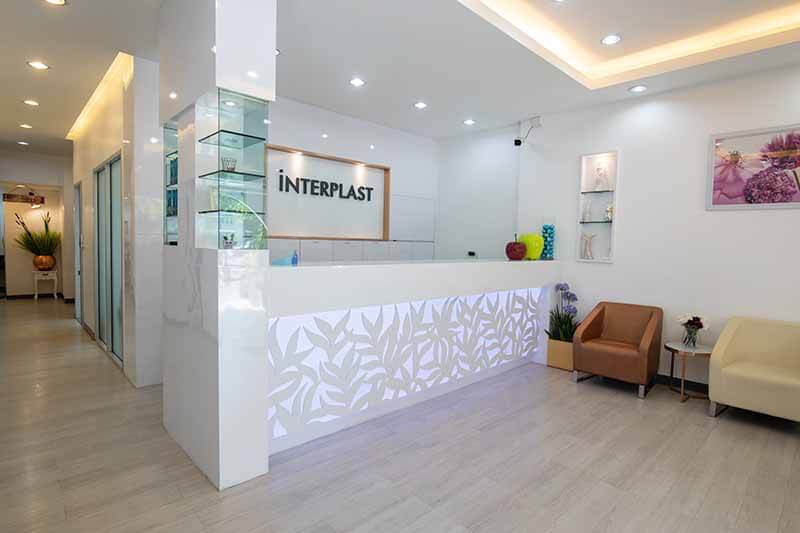Why Do Breast Implants Need To Be Replaced?
Breast implants have significantly improved in terms of safety and aesthetic appeal over the years. While they can remain in good shape for many years, they are not designed to last a lifetime. The longevity of breast implants is influenced by a variety of factors, including the type of implant, lifestyle, and regular medical check-ups. However, there is no set amount of time after which you must replace them as long as you are happy with your implants and are not experiencing any complications.
Table of Contents

How Long Do Breast Implants Last?
Modern breast implants usually have a lifespan of 10-20 years. Though generally safe, the risk of rupture tends to increase as the implants age. Their lifespan can also vary depending on individual circumstances and how well you take care of them. For example, regular check-ups and avoiding intense physical trauma to the chest area can help extend the life of your implants.
Why Breast Implants Need To Be Replaced
Natural Aging of Implants
Just like any other medical device, breast implants are not immune to the effects of time. Both saline and silicone implants can degrade due to the natural aging process, which may manifest as a weakened shell that becomes more susceptible to ruptures or leaks. Signs that your implants might be due for replacement due to natural aging include:
- Noticeable deflation or change in size
- Altered texture, such as wrinkling or rippling that may be felt or even seen
- Increased firmness or hardening of the breasts
- Persistent discomfort or pain
- Shifting of the implant position
Regular follow-up visits are crucial for monitoring the state of your implants. We recommend a follow-up visit every 1-2 years, and even more frequently as the implants age. Imaging tests like MRI or ultrasound should be performed every 2-3 years to check for silent ruptures, especially for silicone gel implants.
Shell Rupture
A shell rupture occurs when the implant shell breaks or tears, which can lead to leakage or complete deflation of the implant. While shell ruptures are generally rare, they do become more likely as the implant ages. Symptoms can vary depending on whether you have saline or silicone implants.
If you have saline implants, you may notice a sudden decrease in breast size, often noticeable within hours or days, as the saline solution is absorbed by the body. Your breast may also look asymmetrical, with one breast appearing smaller or differently shaped than the other.
People with silicone implants may notice a change in shape or size, or tenderness or pain. Your breasts may also feel harder or softer than normal. Unusual lumps around the implant or in the armpit area may also be indicative of rupture.
Capsular Contracture
Capsular contracture is a condition that can occur when the scar tissue or capsule that normally forms around the implant begins to tighten or contract. This contracting of the scar tissue squeezes the breast implant, leading to various symptoms. It’s one of the more common complications after breast augmentation, and while it can occur at any time, it’s often more frequent in the early years after the surgery.
One of the earliest signs of capsular contracture can be the breast feeling harder to the touch than usual. The breast may also begin to look distorted in shape. In more severe cases, the breast can appear ball-shaped. Other signs include pain, discomfort, visible rippling or breast asymmetry. The affected breast might elevate or shift due to the tightening of the capsule.
Infection or Other Medical Complications
Infections can occur shortly after surgery or even years later. If an infection arises soon after the operation, it’s usually due to bacteria introduced during the surgery. In rare cases, an infection can develop years after the surgery if bacteria travel to the implant from another part of the body (e.g., during a dental procedure or any invasive medical procedure).
Signs of an infection can manifest as redness and warmth around the breast, accompanied by swelling and tenderness. Pain in the area is also a common symptom. Additionally, if you develop a fever or notice a yellowish or greenish discharge, coupled with an unpleasant odor from the surgical site, these could be strong indicators of an infection, and you should seek medical attention promptly.
Changing Personal Preferences
Over time, personal aesthetic goals and preferences can evolve. This evolution can be influenced by various factors, both physical and psychological: For example, major life events like pregnancy, breastfeeding, weight fluctuations, and aging can alter the shape and size of natural breasts. These changes might prompt a desire to adjust the size or type of breast implants to better fit a patient’s new body shape or image.
Advances in Implant Technology
Breast implant technology has evolved considerably. Newer models may offer benefits like a more natural look and feel, as well as improved safety profiles. Upgrading to a more advanced implant is another reason some people choose to replace their existing ones.

Implant Removal and Replacement
Implant removal and replacement generally involve making incisions in the same places as your original breast augmentation to minimize additional scarring. The old implant is then removed, and if a replacement is desired, a new implant is inserted. If there are complications like capsular contracture, the scar tissue (capsule) around the implant might also be removed during the procedure.
Most implant removal and replacement procedures are outpatient surgeries, meaning patients can go home on the same day.
Implant Replacement with a Breast Lift
Some patients opt to combine implant replacement with a breast lift (mastopexy). This can be particularly beneficial for those who have experienced sagging or drooping due to age, weight fluctuations, or the effects of gravity over time. A breast lift involves removing excess skin and repositioning the nipple and areola to achieve a more youthful and perky appearance. When combined with implant replacement, it offers the advantage of enhancing both the shape and size of the breasts in a single procedure.
Implant Replacement and Removal at Interplast Clinic
The journey of implant removal and replacement is deeply personal, with each individual having unique needs and goals. It’s crucial to have an expert guide you through the process. If you’re considering implant removal or replacement, we recommend contacting Dr. Theerapong at Interplast Clinic. With years of experience and a deep understanding of the intricacies involved, Dr. Theerappong can offer a thorough assessment and provide tailored recommendations to ensure you achieve the results you desire.














